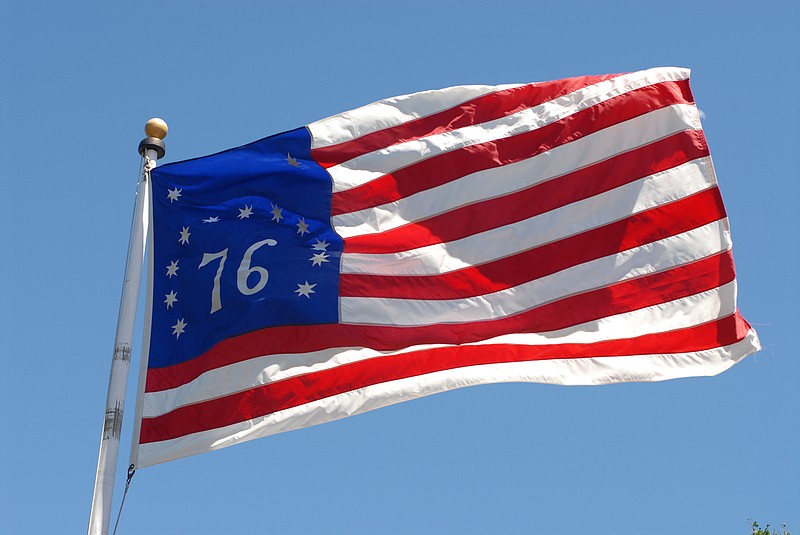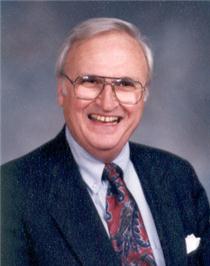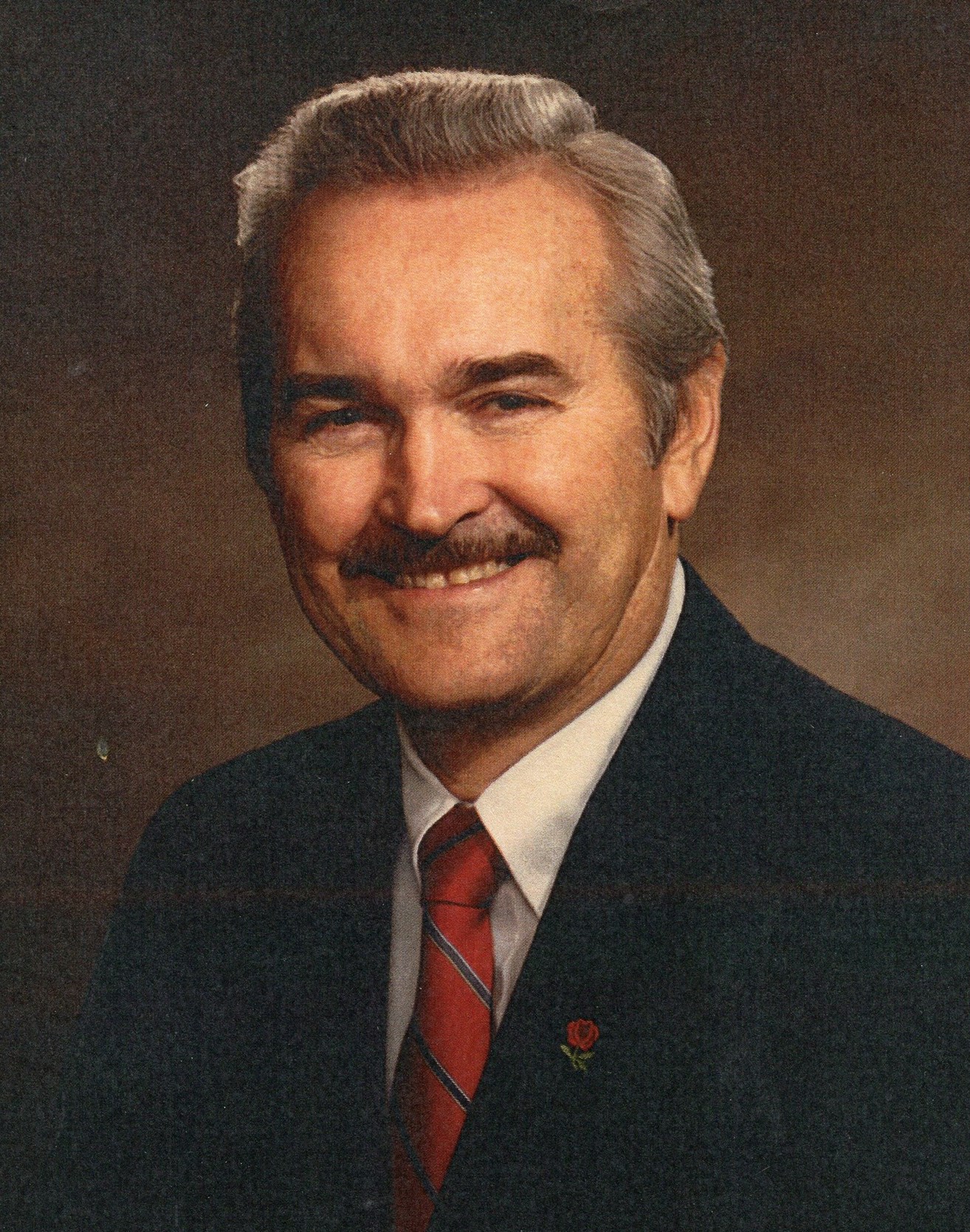Independence Day. The Fourth of July. Just mentioning these two synonymous terms sends most citizens off to check their supply of patriotic banners or to view "Yankee Doodle Dandy," arguably James Cagney's most iconic role. Those who enjoy history often reflect on the American Revolution, Gen. George Washington's leadership of the Continental Line and the final victory at Yorktown. As we think ahead four years to the U.S. Semiquincentennial, our nation's 250th birthday celebration, some of us also remember the U.S. Bicentennial celebrations just 46 short years ago.
Chattanooga's celebration of the Bicentennial was an epic undertaking. In 1973, Mayor Robert Kirk Walker appointed H. Clay Evans Johnson to chair what would become a 50-member Chattanooga American Revolution Bicentennial Commission. In making the announcement, Mayor Walker highlighted Johnson's civic leadership and noted that the commemoration was "of great interest to us as Americans, as Tennesseans and as Chattanoogans ... . We have a rare opportunity as a people to express where we have been, where we are and where we are going." The commission was charged with regular meetings and the goal of creating a "major park or a major recreational facility or both ... to build civic pride through better knowledge of our historical heritage stimulate broad citizen involvement and public interest and to work carefully with the schools in all educational aspects."
Johnson immediately set to work, involving representatives from voluntary associations, foundations, governmental entities, local businesses, trade unions, churches, schools and the arts community - with an emphasis on diversity of thought. As Johnson reached out across the community, the commission began to take shape. Early members included Lee S. Anderson, Dr. C.C. Bond, Mrs. David McCallie, Dr. Ralph Mohney, John N. Popham III, Booker T. Scruggs, Mrs. Herschel P. Franks, John F. Germ, Frank W. McDonald, Mrs. Melvin Young and W.E. Brock Jr. Others accepted the invitation to serve and were announced in late February 1973, including Mrs. Samuel H. Campbell III, Mrs. Morton Neal Center, Franklin L. Haney, Mrs. W.F. Hetzler, John C. Stophel, Mrs. Z. Cartter Patten Jr., Robert A. Elmore and Mrs. Ruth Holmberg.
In May 1973, Johnson asked Dr. Spencer J. McCallie to serve as co-chairman of the commission and announced two events that would kick off the three-year celebration. The first event, a two-hour community musical extravaganza, "Happy Birthday to the USA," featuring the UTC Singing Mocs in concert at the Tivoli Theatre, would portray the "full range of American music." Only days later, a Smithsonian Institution traveling exhibit, "The Black Presence in the Era of the American Revolution," would open at the UTC University Center, showcasing more than 250 items [portraits, poetry, letters, petitions and more] cataloguing the role of Black Americans in their hard-won independence.
As the Bicentennial drew closer, Dr. McCallie identified several standing committees and recognized each committee chair who would help direct the activities of the commission: Mrs. Margaret Cooper, Historical Events; DeArnold Barnette, Communications; Mrs. Madden McCallie, Special Events; Z. Carter Patten, Special Landmarks and Markers; Bill Hubbuch, Education; Humphrey Heywood, Cultural; and the Rev. Ralph Mohney and Raymond Witt, Religious Activities. Dr. McCallie explained that as future plans developed for the celebration, more committee needs would be identified, and commission members would be asked to lead those efforts.
As enthusiasm grew - along with sales of U.S. flags - the Chattanooga Bicentennial leadership outlined a series of undertakings. The first major project, the erection of historical markers chronicling the diverse history of Chattanooga, identifying Cherokee and Black pioneers and contributions, was approved. Barnette and the Communications Committee had begun the design of tourism brochures that would invite visitors to Chattanooga's historic sites, including the Brainerd Mission, Brown's Tavern, Lookout Mountain and Missionary Ridge. Mohney and Witt devised a series of roundtable seminars examining the early principles and accompanying documents from the different founding groups who immigrated to the New World seeking religious freedom, i.e., the Massachusetts Bay Colony, the Pilgrims, William Penn and the Quakers, and others.
The final action was the election of other officers. Upon recommendation of the nominating committee, the officers elected were: Joe H. Davenport, vice-chairman; Mrs. Alex Well, secretary; John Stophel, treasurer; and Executive Committee members Lee Anderson, Dr. C.C. Bond, Mrs. Cartter Patten, John Popham and Rudy Walldorf.
Chattanooga was off to a great Bicentennial beginning.
Linda Moss Mines is the Chattanooga and Hamilton County historian and honorary regent, Chief John Ross Chapter, NSDAR. For more, visit Chattahistoricalassoc.org.


